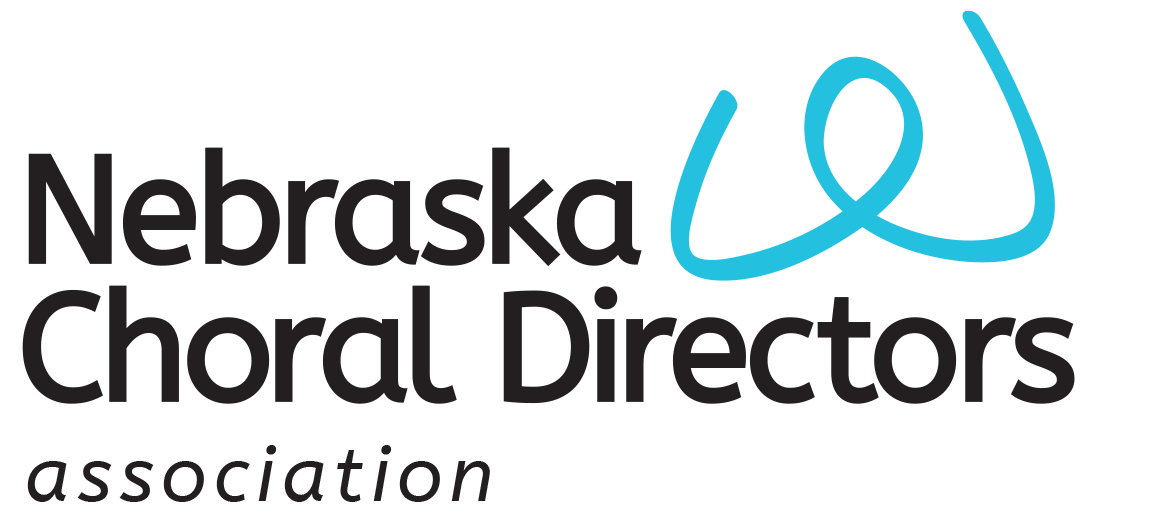 It’s mid-July, which means it’s time to start thinking about the next school year!
It’s mid-July, which means it’s time to start thinking about the next school year!
If your school is like mine, “engagement” is a word that is tossed around a lot to try and raise student achievement. The choral classroom is a natural place for student engagement, and choral rehearsals already engage students more than the average class. That said, some of the greatest teachers I know have found ways to deepen student engagement in some profound ways. Here are some engagement strategies I’ve stolen from the greats:
- Give them solos. Not every song has a solo, but any rehearsal can be an opportunity for a student to sing a solo. Have a student or a small group demonstrate singing a phrase, or invite students to rise to the challenge of performing a sight-reading example alone or in a pair. In my freshmen classes, we spend a unit on solo singing, and I’m always surprised by how many students are willing to stand up and sing an art song or folk song in front of the class. It’s character-building and certainly engaging.
- Have them write. I learn so much about my “quiet” students from the writing prompts I assign. My writing prompts used to be predictable and boring—reflect on the concert, etc. I’ve since branched out and now my students write about a variety of topics, musical and non-musical. Writing can be formal, like a short essay, or informal, like a bulleted list or an “exit ticket”. Reading what my students write teaches me a lot about them and makes me a more effective teacher.
- Make everyone a section leader. Rotate section leaders, or have one or two students come up front and listen to the group to give feedback. Make one person responsible for listening for and taking notes on one performance element–diction or blend or togetherness. Make one section listen and give feedback to another section.
- Make them talk. At Central, we had “Kagan Training,” and I try to incorporate a pair-share type of structure at least once a week. Sometimes the questions are about music, sometimes they are just about life. The level of trust, investment, and of course, engagement, increases when they have discussed something with a peer.
- Start with a problem. This is something I learned from Dr. Sharon Paul’s session at the national ACDA convention. Our brains like solving problems, so giving kids a small “problem” to solve at the beginning of rehearsal or at transitions gets the synapses going in the brain (or something like that. I’m not a scientist…). Instead of saying “Take out ‘Shenandoah'”, say, “Take out the piece in strophic form,” for example. Or instead of “Turn to page 4,” try “Turn to the climax of the piece”, and then introduce a discussion about where students believe the climax might be.
- Change formations. This is definitely not my strong suit, but I’m trying to remember to change things up once in a while. A simple change in the physical environment can make students a little bit less comfortable and feel different from the routine. It will help them listen and focus differently. Get rid of chairs for a day, or for a week. Switch sections around. Put the back row in the front. Stand in sectional circles or one big circle. Sing in the hallway. I know many teachers with lots of great ideas for changing up the physical environment and getting kids engaged!
These are just a few ideas to start, but I know many of you have lots of other brilliant ideas for engagement. Share your ideas in the comments! How do you keep students engaged?
